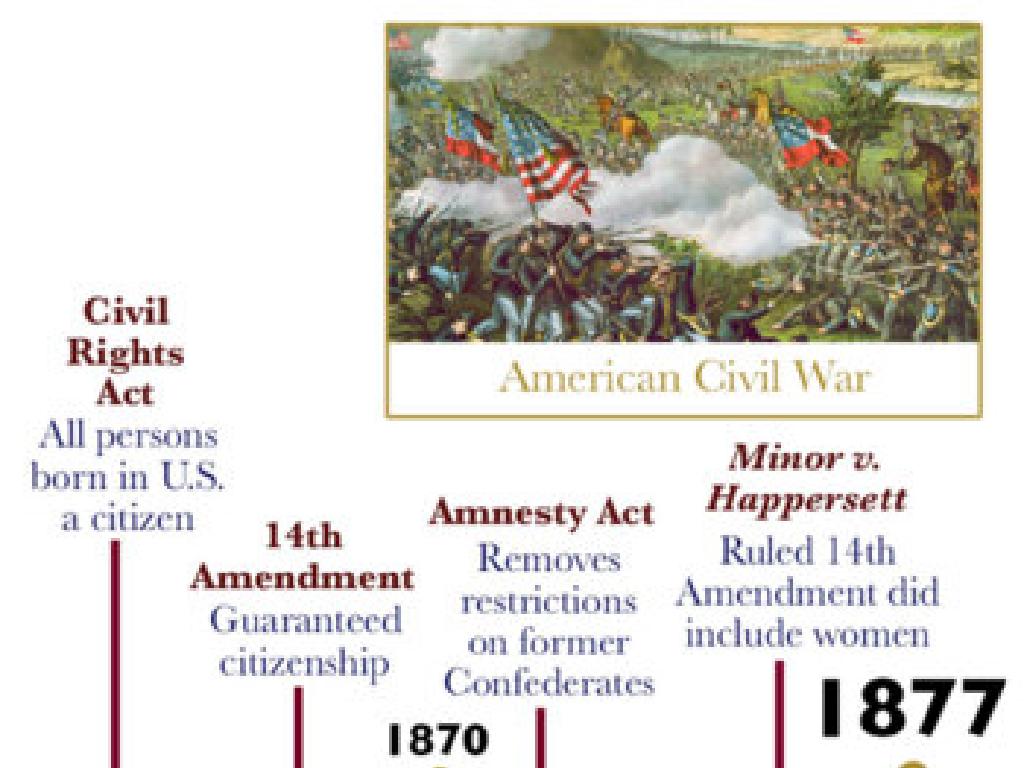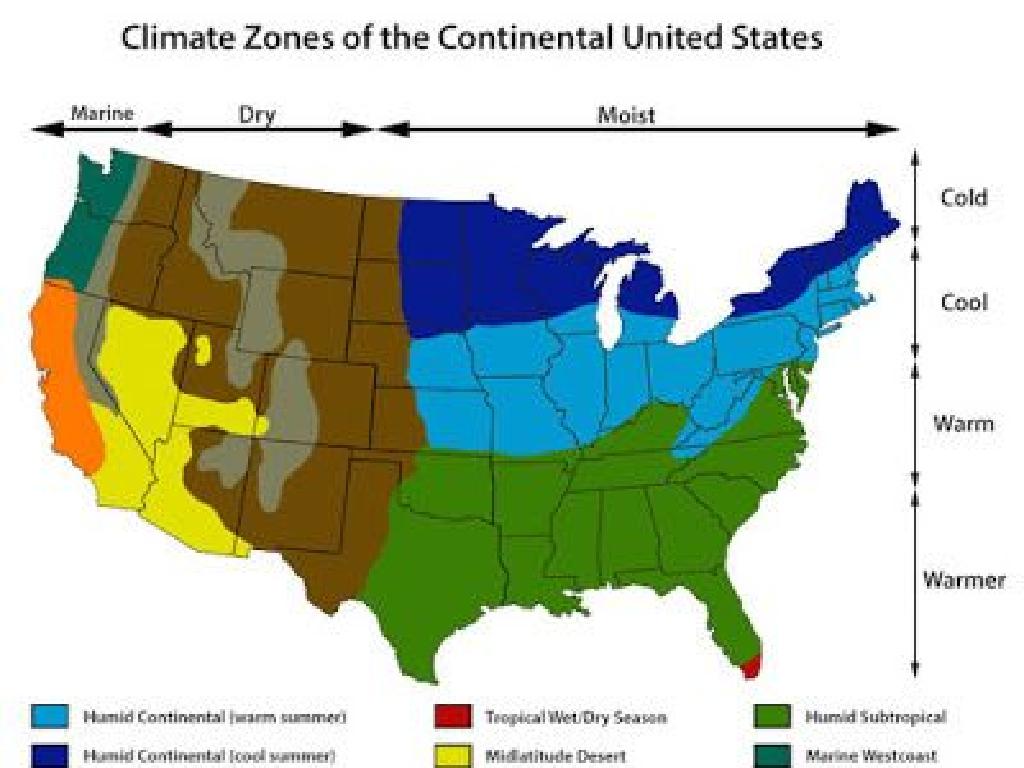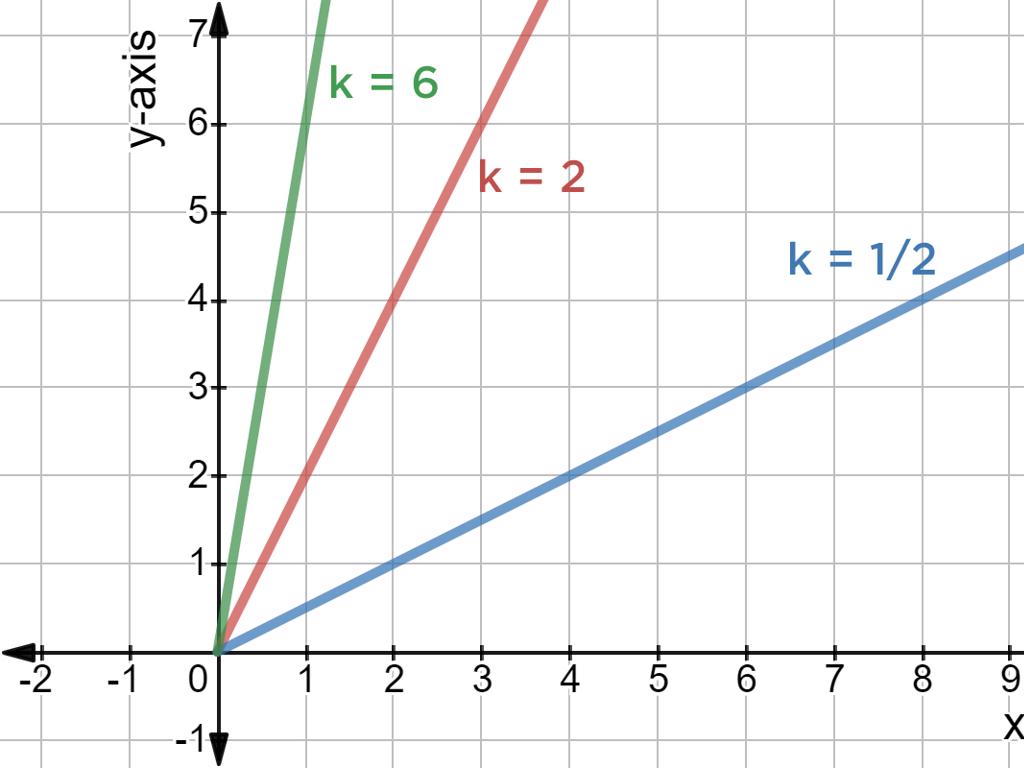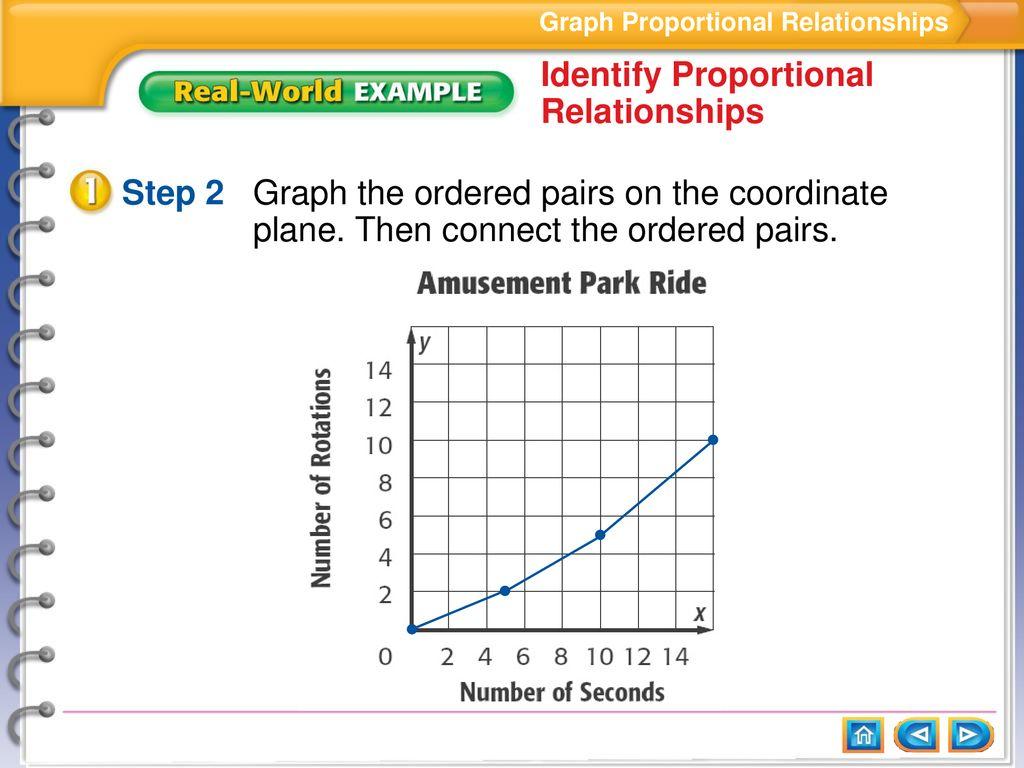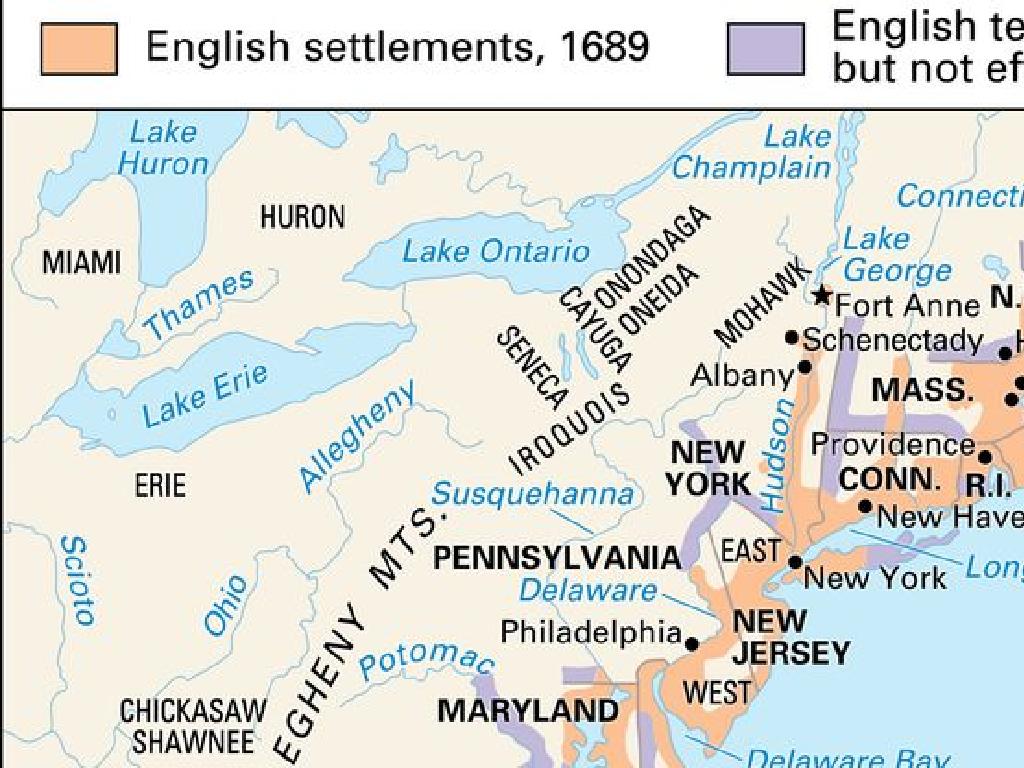Compare And Convert Customary Units
Subject: Math
Grade: Fourth grade
Topic: Customary Units Of Measurement
Please LOG IN to download the presentation. Access is available to registered users only.
View More Content
Understanding Customary Units of Measurement
– What are customary units?
– Units like inches, feet, and miles used in the U.S.
– Importance of measurement
– To accurately describe and compare objects and distances
– Tools for measuring
– Rulers, tape measures, and scales
– Practice conversion
|
This slide introduces students to the concept of customary units of measurement, which are the units of measure traditionally used in the United States. Explain that these units help us to provide a clear description and comparison of objects, distances, and weights. Discuss the importance of measuring in everyday life, such as in cooking, construction, and science. Show examples of tools like rulers for length, scales for weight, and measuring cups for volume. Encourage students to think about where they have seen these tools used at home or in school. Finally, prepare to engage students with activities that involve converting between different customary units to reinforce their understanding.
Understanding Customary Units
– What are customary units?
– They are the measurement system used in the U.S.
– Units for length: inches, feet, yards
– For small to large distances: 12 inches in a foot, 3 feet in a yard
– Units for weight: ounces, pounds
– For lighter to heavier items: 16 ounces in a pound
– Units for volume: cups, pints, gallons
– For liquids: 2 cups in a pint, 8 pints in a gallon
|
This slide introduces students to the concept of customary units, which are the main system of measurements used in the United States. It’s important to familiarize students with the common units for length, weight, and volume, and how they are used in everyday life. Provide examples such as measuring their height (inches/feet), weighing fruits (ounces/pounds), or cooking with their family (cups/pints/gallons). Encourage students to bring rulers, scales, and measuring cups to the next class for a hands-on activity to practice converting between these units.
Exploring Length: Inches, Feet, Yards
– Understanding inches and feet
– 12 inches make up 1 foot
– Converting feet to yards
– 3 feet are equal to 1 yard
– Measuring with a ruler
– Use a ruler to measure items in inches
– Class activity: Find and measure
– Measure 3 different classroom objects
|
This slide is aimed at helping fourth-grade students understand and convert between different customary units of length. Start by explaining that 12 inches make up 1 foot, and 3 feet make up 1 yard. Show them a ruler and demonstrate how to measure objects in inches. Then, involve the students in a hands-on activity where they use a ruler to measure various objects around the classroom. Encourage them to record their measurements and convert between inches, feet, and yards. This practical application helps solidify their understanding of length measurement and conversion in a fun and interactive way.
Understanding Weight: Ounces and Pounds
– 1 pound equals 16 ounces
– Using a scale to measure weight
– Learn to read scales and record weight
– Compare weights of various items
– Which is heavier? A textbook or a pencil?
– Conversion practice
– How many ounces are in 3 pounds?
|
This slide introduces students to the concept of weight measurement in customary units, specifically ounces and pounds. Start by explaining that there are 16 ounces in one pound. Demonstrate how to use a scale to measure the weight of objects, which can be a hands-on activity in class. Encourage students to think about the weight of items they interact with daily and compare them, such as a textbook versus a pencil. Finally, engage the class in conversion practice, asking them to convert pounds to ounces and vice versa, reinforcing their understanding of the relationship between these two units. This will prepare them for more complex problems involving weight measurement.
Volume: Cups, Pints, and Gallons
– Cups in a pint: 2 cups
– Pints in a gallon: 8 pints
– Measuring cups and volume
– Use measuring cups to visualize different volumes.
– Conversion practice
– How many cups are in 3 pints? Let’s calculate!
|
This slide introduces students to the customary units of volume commonly used in the United States. Start by explaining that there are 2 cups in a pint and 8 pints in a gallon. Demonstrate the concept of volume using measuring cups, showing how many cups fit into a pint container, and how many pints fill up a gallon. Engage the students with hands-on practice by having them use measuring cups to pour water or a safe substitute to understand the concept better. For conversion practice, present problems such as converting pints to cups and vice versa to solidify their understanding. Encourage students to visualize the sizes by relating them to everyday objects like a milk jug for a gallon or a teacup for a cup.
Converting Customary Units
– Learn simple conversion tricks
– Convert 24 inches to feet
– 24 inches is equal to 2 feet (12 inches = 1 foot)
– Convert 3 pounds to ounces
– 3 pounds is equal to 48 ounces (1 pound = 16 ounces)
– Practice makes perfect
|
This slide is aimed at teaching students some handy tricks for converting between different customary units. Start by explaining that conversion is like a math puzzle where we change numbers from one unit to another. For example, knowing that 12 inches make up 1 foot can help students convert inches to feet easily. Similarly, understanding that 1 pound is equal to 16 ounces will allow them to convert pounds to ounces without difficulty. Provide students with practice problems to reinforce these concepts. Encourage them to solve the problems on their own first and then discuss the solutions as a class. This will help solidify their understanding and give them confidence in converting units.
Real-life Applications of Unit Conversion
– Importance of unit conversion
– Converting units helps in cooking, building, and shopping.
– Daily life conversion scenarios
– Imagine buying fabric: need to know yards to inches.
– Interactive Q&A session
– Ask students when they’ve encountered measurements.
– Share personal measurement use
|
Understanding how to convert between different units of measurement is crucial in many aspects of daily life. For example, when following a recipe, one might need to convert teaspoons to tablespoons. In construction, converting feet to inches is necessary to ensure accurate measurements. During the interactive Q&A, encourage students to think about and discuss times they have used measurement in their own lives, such as measuring their height or pouring a certain amount of liquid for a recipe. This will help them connect the concept of unit conversion to their personal experiences, reinforcing the practicality and importance of the skill.
Class Activity: Measurement Scavenger Hunt
– Find objects to measure in class
– Record lengths, weights, volumes
– Use rulers, scales, and measuring cups
– Convert measurements to new units
– Change inches to feet, ounces to pounds
– Share findings with the class
|
This interactive activity encourages students to apply their knowledge of customary units by measuring real objects found in the classroom. Provide students with rulers, scales, and measuring cups. They should record the length, weight, and volume of various items in inches, pounds, and cups, respectively. Then, guide them to convert these measurements into different units, such as inches to feet or ounces to pounds. After the activity, have students share their findings with the class to reinforce their understanding of measurement conversion. Possible variations of the activity could include measuring the same object with different units, comparing measurements with a partner, or estimating measurements before actually measuring.
Conclusion: Mastering Customary Units
– Recap unit conversions
– How many cups in a pint? Review key conversions.
– Importance of unit mastery
– Helps in cooking, science, and more daily activities.
– Get ready for the quiz!
– Review notes and practice problems for success.
|
This slide aims to summarize the lesson on customary units and their conversions. It’s crucial for students to understand these concepts as they are widely used in everyday life, such as in cooking recipes or measuring distances. Emphasize the practical applications to make the information more relatable. Encourage students to review their notes and practice conversion problems to prepare for the quiz. Offer some tips for studying, like making flashcards or teaching the material to a family member. Remind them that understanding these units will also help them in future math topics and real-life situations.

